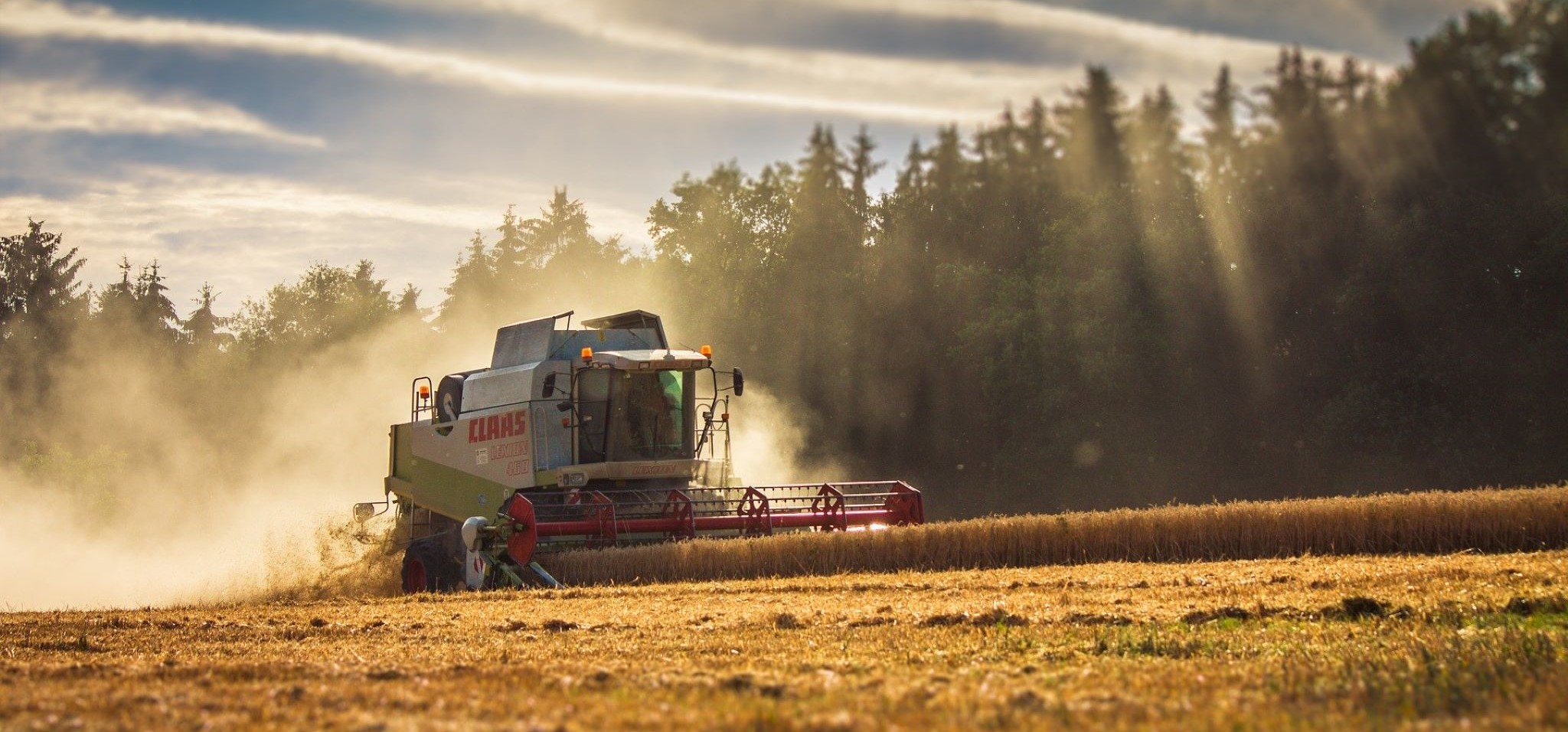
The SDSN and IIASA are launching the Food, Agriculture, Biodiversity, Land, and Energy (FABLE) Initiative to develop consistent global and national pathways towards sustainable land use and food systems by 2050.
Land use choices affect five critical areas of sustainable development: (1) food production, (2) greenhouse gas emissions, (3) biodiversity conservation including forest conservation, (4) freshwater availability, and (5) air and water pollution.
Under current land-use patterns, none of these areas are sustainable. Food production is threatened by climate change, freshwater stress, loss of biodiversity, and land degradation. Greenhouse gas management is undermined by deforestation, land degradation, and agricultural and livestock practices. Forests and other biodiversity are being lost as habitats are destroyed for agriculture, urbanization, and other purposes. Freshwater is being utilized faster than recharge, for example through the overuse of groundwater.
Land use patterns are contributing to air and water pollution through nitrogen and phosphorus fluxes, peat burning, slash-and-burn agriculture, pesticides, and other farm practices. Land use directly impacts almost every planetary boundary: climate change, ocean acidification, nitrogen and phosphorus cycles, freshwater use, changes in land use, biodiversity loss, atmospheric aerosol loading, and chemical pollution. The challenge of achieving sustainable land use is therefore highly complex, and filled with tradeoffs.
Initiated by IIASA and the UN Sustainable Development Solutions Network (SDSN) and implemented with partners around the world under the umbrella of The World in 2050 Initiative , FABLE aims to address the following challenges:
1) At the global level, the lack of a shared understanding of how to meet the integrated objectives of preserving biodiversity, achieving net negative emissions from land use, and producing sufficient nutritious food through sustainable agriculture. Strong global models exist for each of these issues, but they need to be better integrated to ensure consistency with the Sustainable Development Goals and planetary boundaries.
2) At the national level, countries lack robust and comprehensive long-term pathways towards sustainable land-use that address food production, greenhouse gas emissions, biodiversity and forest conservation, freshwater availability, and air and water pollution. Most countries, including many highly bio-diverse countries, currently lack adequate analytical modeling tools that are rigorous and integrated across the various knowledge domains (agronomy, hydrology, ecology, climatology, and nutrition).
Without robust long-term pathways, countries are likely to lock themselves into policy dead-ends that will have severe unintended consequences. A central objective is to deliver rapid results that can inform global and national discussions on the implementation of the SDGs and the Paris Climate Agreement.